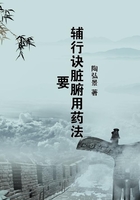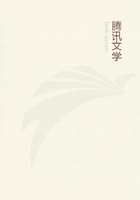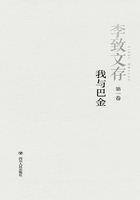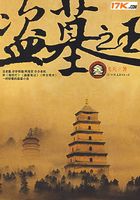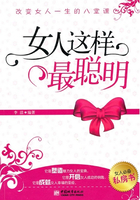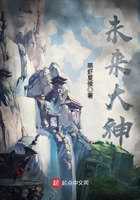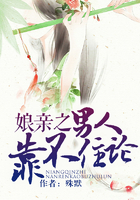The work had an interesting origin. A young friend interested in science and in medicine was fond of discoursing with Morgagni about his preceptors, particularly Valsalva and Albertini, and sometimes the young man inquired about Morgagni's own observations and thoughts. Yielding to a strong wish, Morgagni consented to write his young friend familiar letters describing his experiences. I am sorry that Morgagni does not mention the name of the man to whom we are so much indebted, and who, he states, was so pleased with the letters that he continually solicited him to send more and more "till he drew me on so far as the seventieth; . . . when I begged them of him in order to revise their contents; he did not return them, till he had made me solemnly promise, that I would not abridge any part thereof"
(Preface).
[4] Venice, 1761.
[5] Boerhaave remarked that if a man wished to deserve or get a medical degree from ONE medical author let it be this. (James Atkinson: Medical Bibliography, 1834, 268.)
Born in 1682, Morgagni studied at Bologna under Valsalva and Albertini. In 1711, he was elected professor of medicine at Padua. He published numerous anatomical observations and several smaller works of less importance. The great work which has made his name immortal in the profession, appeared in his eightieth year, and represents the accumulated experience of a long life.
Though written in the form of letters, the work is arranged systematically and has an index of exceptional value. From no section does one get a better idea of the character and scope of the work than from that relating to the heart and arteries--affections of the pericardium, diseases of the valves, ulceration, rupture, dilation and hypertrophy and affections of the aorta are very fully described. The section on aneurysm of the aorta remains one of the best ever written. It is not the anatomical observations alone that make the work of unusual value, but the combination of clinical with anatomical records.
What could be more correct than this account of angina pectoris--probably the first in the literature? "A lady forty-two years of age, who for a long time, had been a valetudinarian, and within the same period, on using pretty quick exercise of body, she was subject to attacks of violent anguish in the upper part of the chest on the left side, accompanied with a difficulty of breathing, and numbness of the left arm; but these paroxysms soon subsided when she ceased from exertion. In these circumstances, but with cheerfulness of mind, she undertook a journey from Venice, purposing to travel along the continent, when she was seized with a paroxysm, and died on the spot. I examined the body on the following day.... The aorta was considerably dilated at its curvature; and, in places, through its whole tract, the inner surface was unequal and ossified. These appearances were propagated into the arteria innominata. The aortic valves were indurated...." He remarks, "The delay of blood in the aorta, in the heart, in the pulmonary vessels, and in the vena cave, would occasion the symptoms of which the woman complained during life; namely, the violent uneasiness, the difficulty of breathing, and the numbness of the arm."[6]
[6] Cooke's Morgagni, Vol. 1, pp. 417-418. I cannot too warmly commend to young clinicians the reading of Morgagni. English editions are available--Alexander's three-volume translation of 1769 and Cooke's Abridgement (London, 1822), of which there was an American edition published in Boston in 1824.
Morgagni's life had as much influence as his work. In close correspondence with the leading men of the day, with the young and rising teachers and workers, his methods must have been a great inspiration; and he came just at the right time. The profession was literally ravaged by theories, schools and systems--iatromechanics, iatrochemistry, humoralism, the animism of Stahl, the vitalistic doctrines of Van Helmont and his followers-- and into this metaphysical confusion Morgagni came like an old Greek with his clear observation, sensible thinking and ripe scholarship. Sprengel well remarks that "it is hard to say whether one should admire most his rare dexterity and quickness in dissection, his unimpeachable love of truth and justice in his estimation of the work of others, his extensive scholarship and rich classical style or his downright common sense and manly speech."
Upon this solid foundation the morbid anatomy of modern clinical medicine was built. Many of Morgagni's contemporaries did not fully appreciate the change that was in progress, and the value of the new method of correlating the clinical symptoms and the morbid appearances. After all, it was only the extension of the Hippocratic method of careful observation-- the study of facts from which reasonable conclusions could be drawn. In every generation there had been men of this type--I dare say many more than we realize--men of the Benivieni character, thoroughly practical, clear-headed physicians. A model of this sort arose in England in the middle of the seventeenth century, Thomas Sydenham (1624-1689), who took men back to Hippocrates, just as Harvey had led them back to Galen. Sydenham broke with authority and went to nature. It is extraordinary how he could have been so emancipated from dogmas and theories of all sorts. He laid down the fundamental proposition, and acted upon it, that "all disease could be described as natural history." To do him justice we must remember, as Dr. John Brown says, "in the midst of what a mass of errors and prejudices, of theories actively mischievous, he was placed, at a time when the mania of hypothesis was at its height, and when the practical part of his art was overrun and stultified by vile and silly nostrums" ("Horae Subsecivae," Vol.
I, 4th ed., Edinburgh, 1882, p. 40).
Listen to what he says upon the method of the study of medicine:

